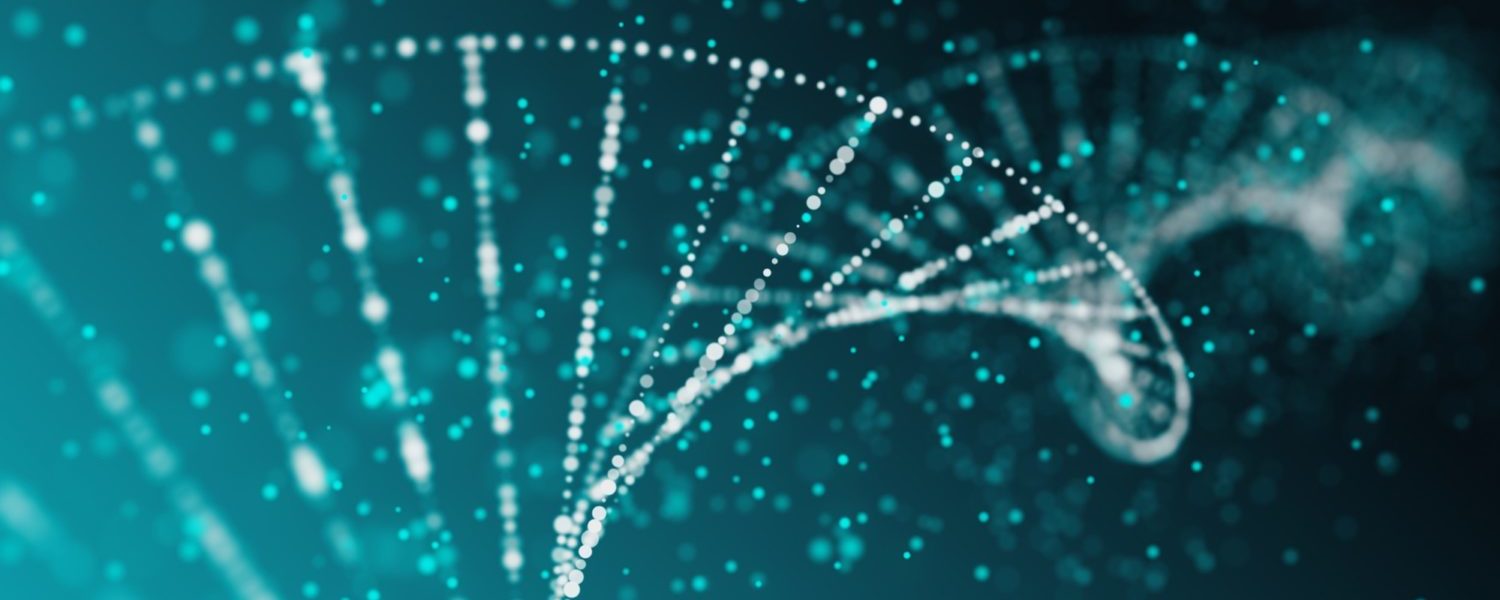What are the advantages of digital PCR versus real-time PCR?
In real-time PCR, quantification is achieved using a standard curve or is expressed relatively to a reference sample. In digital PCR, you can obtain absolute quantification without the need for references. Moreover, when attempting to detect or quantify rare events in a complex sample, such as a rare mutant in a background of wild-type DNA, amplification bias may occur due to competition for reagents, and result in the impossibility to detect this rare mutant when using traditional real-time PCR. By segregating target molecules in different compartments, digital PCR alleviates or eliminates competition and amplification bias, thus allowing detection of even a small fraction of rare targets. Finally, it has also been shown that digital PCR is more tolerant of some inhibitors commonly found in clinical or environmental samples, ensuring accurate quantification even in samples where either complete or partial inhibition had been observed in real-time PCR. Check out our Application Note comparing the precision performance of Crystal Digital PCR to qPCR here.
